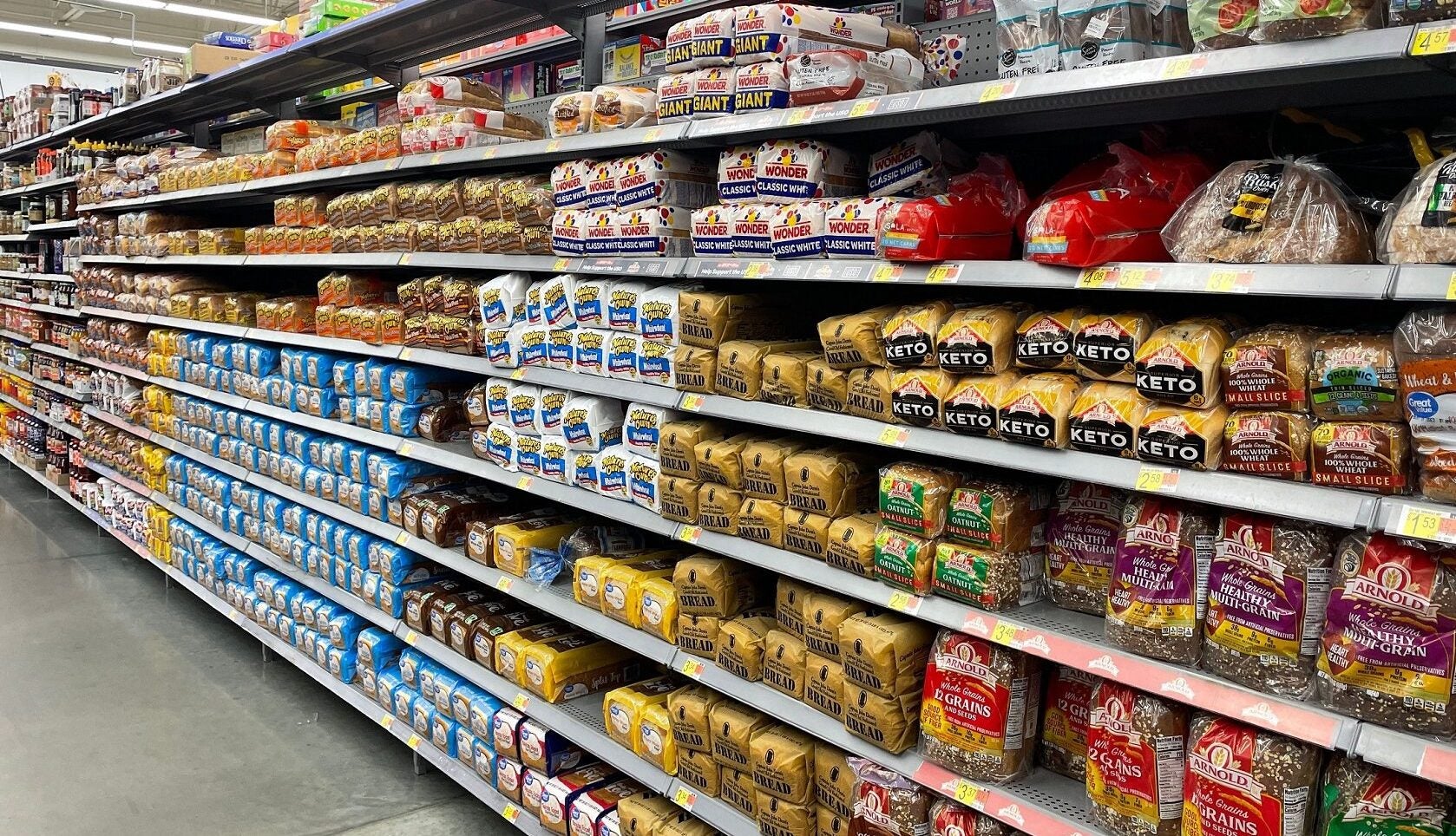
The cost of groceries in the US eased again in November, although eating out was only a touch less expensive than in the 12 months through October.
Headline inflation, as measured by the US Bureau of Labor Statistics’ all-items consumer price index, also cooled. It rose 3.1% on an annualised basis last month, pulling back from a 3.2% increase in October.
However, on a monthly basis, the index edged up 0.1%, from a flat rate in October, ahead of the Federal Reserve’s last interest-rate setting meeting of 2023 slated for 12-13 December.
The food index, including non-alcoholic beverages and covering in-home and out-of-home consumption, climbed 2.9% in the 12 months through November, less than October’s 3.3% rate and 3.7% in September.
Month-on-month, the gauge was up 0.2% against October’s 0.3% pace.
Prices of groceries, or food and soft drinks consumed at home, rose an annualised 1.7% versus 2.1% and 2.4%, respectively, in each of the previous two months.
Access the most comprehensive Company Profiles
on the market, powered by GlobalData. Save hours of research. Gain competitive edge.

Company Profile – free
sample
Your download email will arrive shortly
We are confident about the
unique
quality of our Company Profiles. However, we want you to make the most
beneficial
decision for your business, so we offer a free sample that you can download by
submitting the below form
By GlobalData
Dairy products fell 1.4% in the 12 months through November, although prices for the cereals and bakery category rose 3.4% and soft drinks were up 2.9%.
Fruit and vegetables were relatively flat, up 0.4%, while meats, poultry, fish and eggs edged up 0.1%.
On a monthly basis, the food at home or grocery index climbed 0.1% in November, compared to October’s 0.3% increase.
The US Bureau of Labor Statistics said today (12 December) that four of the six major grocery items rose over the month.
Cereals and bakery products increased 0.5% after rising 0.2% in October. Fruits and vegetables climbed 0.3% and soft drinks prices were up 0.5%. Dairy products ticked up 0.1%.
Meats, poultry, fish and eggs, however, saw prices fall 0.2%.
Eating out, measured by the food away-from-home index, was 5.3% more expensive than it was a year earlier but was down from a 5.4% rate in October and September’s 6%.
The index was unchanged from October, up 0.4%.
The Food and Agriculture Organization of the United Nations (FAO) reported its monthly commodity price series last week, while the UK’s statistical office will issue its November inflation figures on 20 December.
Global food commodity prices held at a 31-month low in November, on average, as a drop in the cost of cereals and meat was offset by a rise in vegetable oils and dairy, according to the FAO.
Sugar prices remained stubbornly elevated, near the highest level since September 2011, and up more than 40% from November last year.

